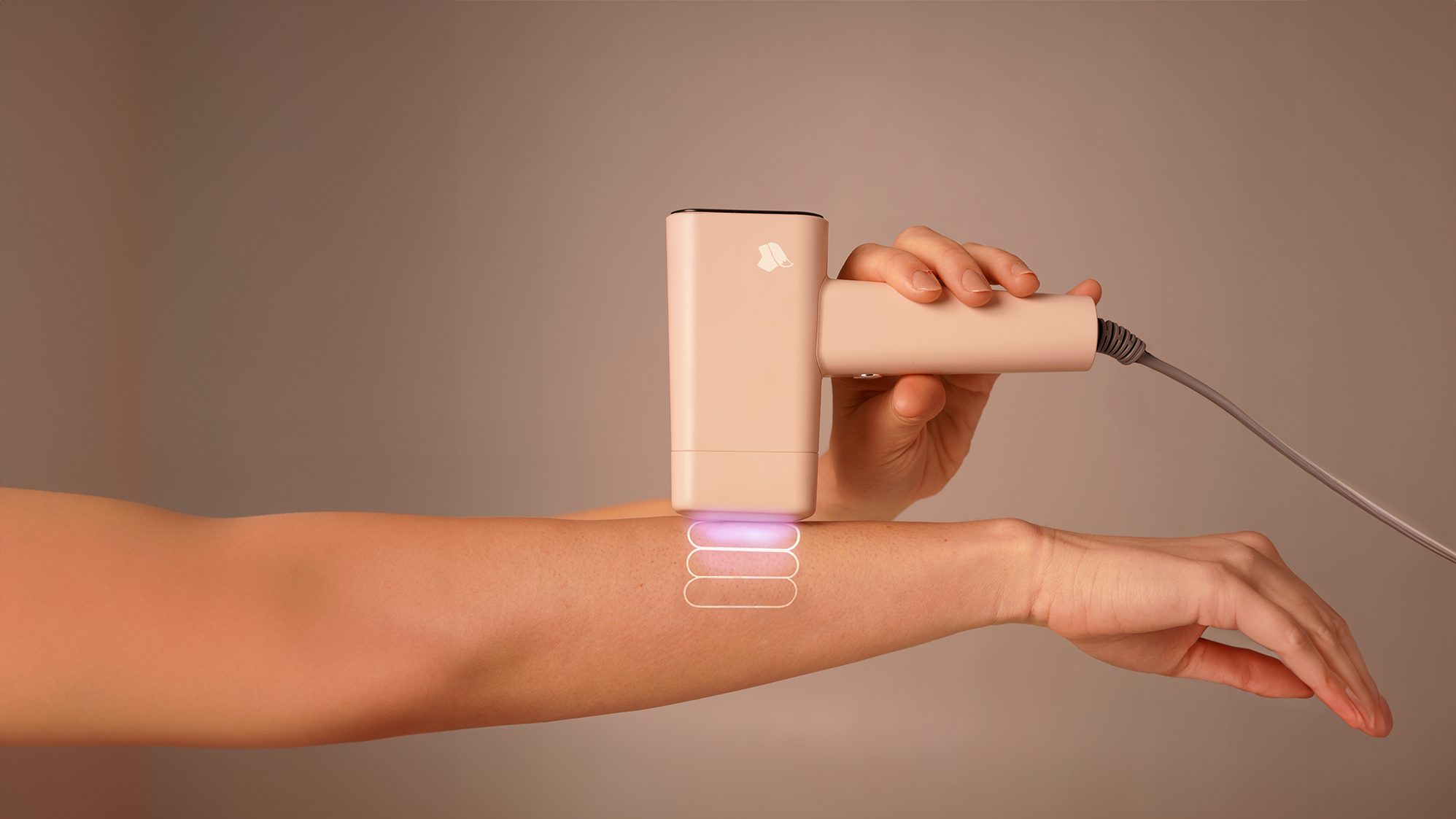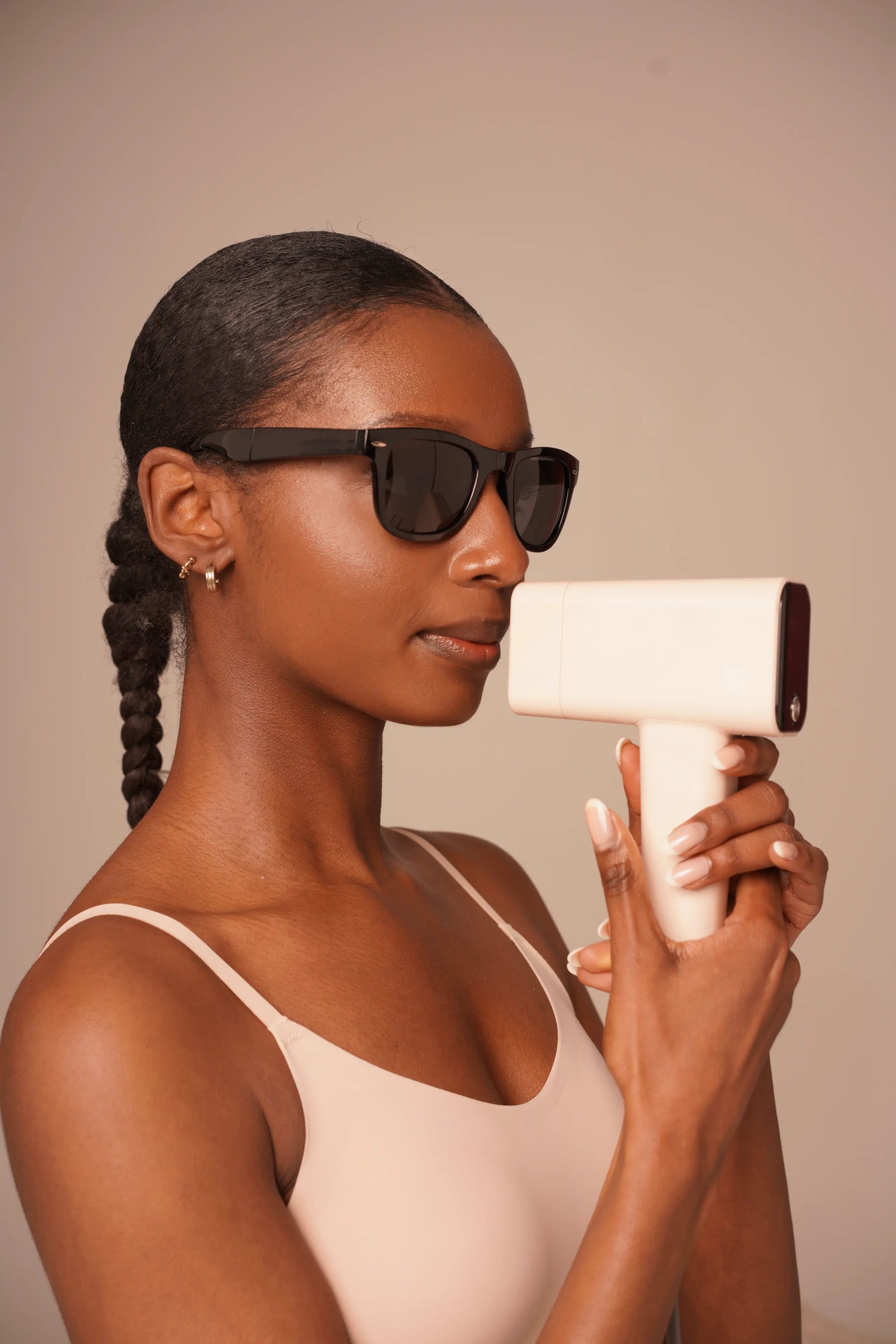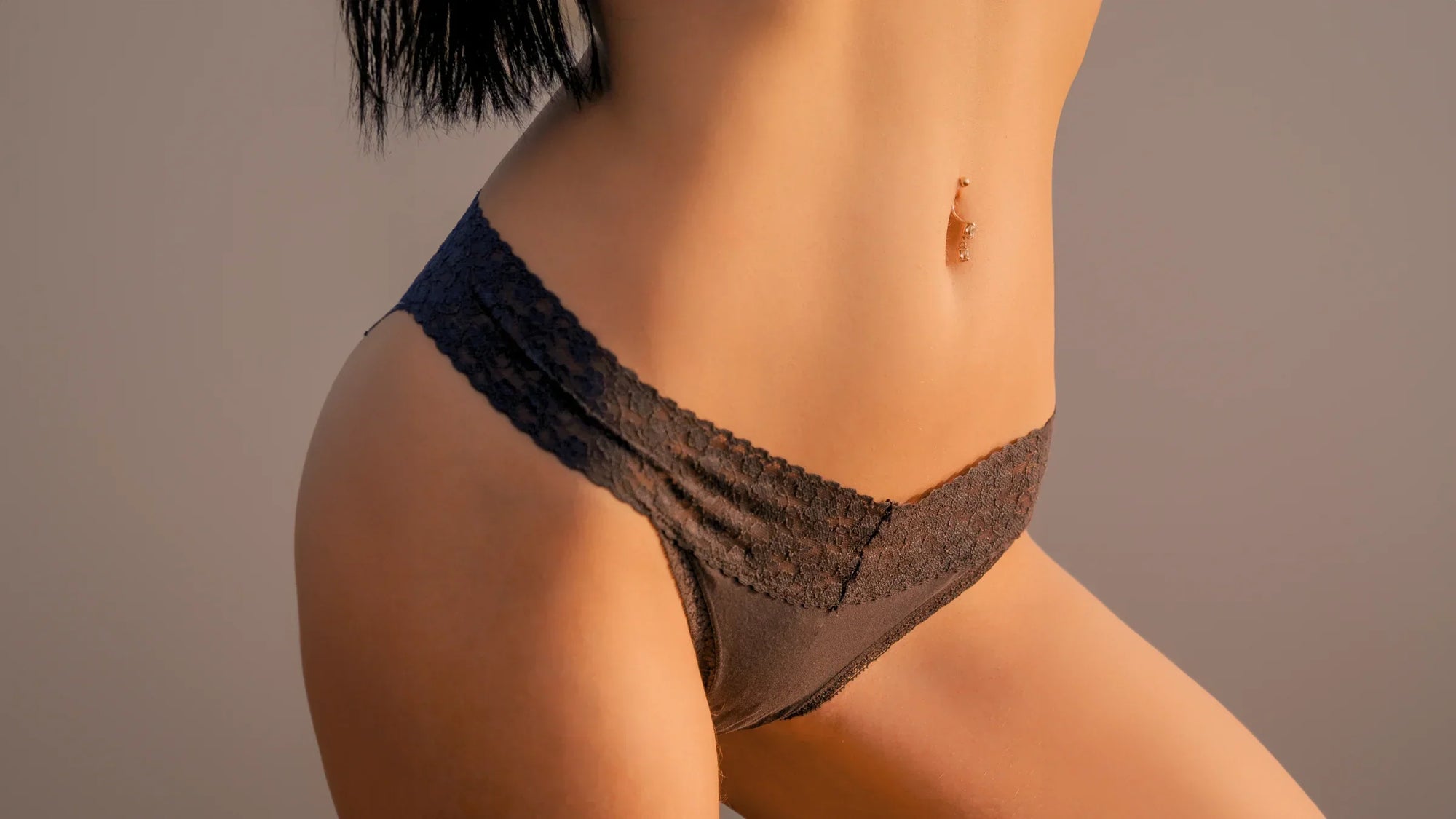Intense Pulsed Light (IPL) therapy has become one of the most popular methods for long-term hair reduction and skin rejuvenation. Safe, effective, and easy to use—even at home—IPL offers a convenient alternative to salon treatments. However, to achieve the best possible results and minimize side effects, proper preparation is key.
In this guide, we will walk you through everything you should do before starting your IPL treatment. Whether you’re using IPL for hair removal or skin treatments like pigmentation and vascular lesions, the right preparation ensures optimal effectiveness and safety.
Why Preparation Matters for IPL Treatments
IPL works by emitting broad-spectrum light that targets melanin in the hair follicle or chromophores in the skin. To maximize the energy absorption by the target and minimize risks such as burns, irritation, or pigmentation issues, certain precautions must be taken.
Preparing your skin properly:
-
Enhances treatment results
-
Reduces the risk of side effects
-
Ensures the safety of sensitive skin areas
-
Promotes even energy absorption across the treatment area
Let’s break down the essential steps you should follow before starting your IPL session.
1. Check If IPL Is Suitable for Your Skin and Hair Type
Not all skin and hair types respond equally to IPL treatment. The ideal candidates usually have:
-
Light to medium skin tones (Fitzpatrick I–IV)
-
Dark hair (brown to black)
IPL works by targeting melanin, so very light blonde, red, grey, or white hair may not absorb enough light energy for effective results. On the other hand, very dark skin contains higher melanin levels, which increases the risk of burns or hyperpigmentation.
Before you start:
-
Always check the skin tone and hair color compatibility chart provided by the IPL device manufacturer.
-
Some advanced devices such as the IPL Elysea come with automatic skin tone sensors for added safety.
Pro tip: If your skin tone is on the borderline or your hair color is lighter, consider consulting a dermatologist for alternative options like laser hair removal or electrolysis.
2. Avoid Sun Exposure and Tanning Before IPL
Sun exposure increases melanin levels in the skin, making IPL treatment riskier due to higher light absorption by the skin surface instead of the hair follicle.
How long should you avoid the sun?
-
At least 2 weeks before your IPL session, avoid direct sun exposure on the treatment area.
-
Do not use tanning beds, self-tanning products, or spray tans for at least 2 weeks prior to treatment.
Why is this important?
Excess melanin from tanning can lead to side effects such as:
-
Skin burns
-
Blisters
-
Hyperpigmentation or hypopigmentation
Always wear SPF 30 or higher on exposed areas, especially if you're preparing for IPL on the face, arms, or legs.
3. Stop Waxing, Plucking, or Epilating Before IPL
IPL targets the root of the hair follicle. If you remove the root through waxing, plucking, or epilating, the treatment won't have a target to act upon.
Recommended hair removal method:
-
Shaving only. Shaving preserves the hair root while removing the hair shaft at the surface, which prevents burns from hair above the skin.
When to shave before IPL?
-
Shave 24 hours before your session to reduce skin sensitivity and avoid irritation.
-
Make sure the skin is clean and dry.
4. Cleanse and Dry the Treatment Area
For effective light absorption and safety, the skin should be free of any substances that could interfere with the light pulse.
Before treatment:
-
Wash the treatment area with mild soap and water.
-
Pat the skin dry completely.
-
Do not apply lotions, oils, perfumes, deodorants, or makeup to the area.
Any residue on the skin may reflect or block the light, reducing the effectiveness of the treatment and increasing the risk of burns.
5. Avoid Using Certain Skincare Products Before IPL
Some skincare products can increase photosensitivity (light sensitivity), which raises the risk of irritation or burns.
Products to stop using 3–5 days before IPL:
-
Retinoids (retinol, tretinoin, adapalene)
-
Alpha hydroxy acids (AHAs) like glycolic acid, lactic acid
-
Beta hydroxy acids (BHAs) like salicylic acid
-
Chemical exfoliants (peels, scrubs)
-
Vitamin C serums (depending on sensitivity level)
Always consult the product label and your dermatologist if unsure.
6. Perform a Patch Test
Whether you are using IPL at home or in a clinic, performing a patch test is essential to assess your skin’s reaction to the light pulse.
How to do a patch test:
-
Select a small area on the intended treatment zone.
-
Apply the IPL pulse at the recommended settings for your skin tone.
-
Wait 24–48 hours to observe any adverse reactions such as redness, swelling, or discomfort.
If no abnormal reaction occurs, you can proceed with the full treatment confidently.
7. Check for Contraindications and Medical Conditions
Certain medical conditions, medications, and situations may prevent you from using IPL safely.
When you should NOT use IPL:
-
Pregnancy or breastfeeding (safety data is insufficient)
-
Active skin infections, open wounds, or herpes outbreaks in the treatment area
-
History of skin cancer or precancerous lesions
-
Use of photosensitizing medications (e.g., isotretinoin, certain antibiotics like doxycycline)
-
History of keloid scarring or abnormal wound healing
If you are on any prescription medication, consult your healthcare provider before starting IPL.
8. Remove Jewelry and Metal Objects from the Treatment Area
Metal can reflect or scatter light, leading to uneven treatment or skin irritation.
Before your IPL session:
-
Remove rings, bracelets, earrings, piercings, and any metallic accessories from the area.
-
Tie back long hair to avoid accidental exposure.
9. Choose the Right Treatment Settings for Your Skin
For home IPL devices, selecting the correct intensity level is crucial for both safety and effectiveness.
How to choose the right intensity:
-
Use the skin tone guide or automatic skin sensor on your device.
-
Start with the lowest setting if you’re unsure or if it’s your first treatment.
-
Gradually increase only if your skin tolerates the pulse without discomfort.
Higher intensities do not always equal faster results. Overusing high settings may increase the risk of burns and irritation.
10. Mentally Prepare and Plan Your Treatment Schedule
IPL is not a one-time treatment. Multiple sessions spaced over several weeks are necessary to catch hair in its active growth phase (anagen phase).
Typical treatment plan for hair removal:
-
1 session every 2 weeks for the first 4–12 weeks
-
Touch-ups every 1–3 months depending on regrowth
For skin rejuvenation (pigmentation, acne, or vascular treatments):
-
Follow the specific instructions of your device or consult a dermatologist for a customized plan.
Make sure to schedule your sessions when you can avoid sun exposure and strenuous activities that might irritate the treated skin.
Summary: Your IPL Treatment Preparation Checklist
| Preparation Step | Timeframe |
|---|---|
| Check skin tone and hair compatibility | Before first treatment |
| Avoid sun exposure and tanning | 2 weeks prior |
| Stop waxing, plucking, or epilating | 4 weeks prior |
| Shave the area | 24 hours before |
| Cleanse and dry the skin | Immediately before |
| Discontinue photosensitizing skincare | 3–5 days prior |
| Perform a patch test | 24–48 hours before |
| Check contraindications and medications | Before starting |
| Remove jewelry and metallic objects | Immediately before |
| Select correct IPL settings | During each session |
Proper preparation is the foundation for successful IPL treatments. By following these steps, you ensure that each session is safe, effective, and as comfortable as possible. Whether you’re aiming for smooth, hair-free skin or treating pigmentation and redness, preparation allows your device to work at its best.
If you are unsure about any step or have medical conditions, always consult with a healthcare professional or dermatologist before beginning your IPL journey.
Sources
-
Alster, T. S., & Lupton, J. R. (2007). Lasers and light therapy for cutaneous hyperpigmentation. Dermatologic Clinics, 25(2), 165–176.
-
Dierickx, C. C. (2006). Hair removal by lasers and intense pulsed light sources: A review. Dermatologic Therapy, 19(1), 48–56.
-
Sadick, N. S. (2008). Update on non-ablative light-based therapies for skin rejuvenation. Facial Plastic Surgery Clinics of North America, 16(3), 359–368.
-
Fitzpatrick, R. E. et al. (2003). Clinical results of noninvasive skin tightening using radiofrequency and IPL devices. Lasers in Surgery and Medicine, 33(1), 13–19.
-
Manufacturer guidelines from Vulpés IPL device (2025).



